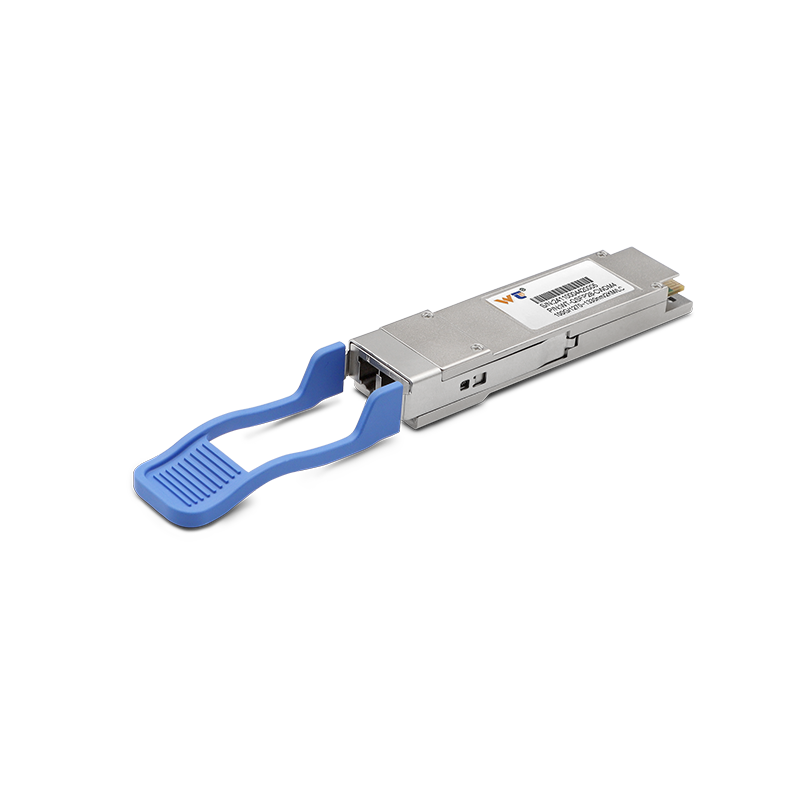Understanding VLAN segmentation isn’t just a technical necessity; it's essential for anyone who’s serious about network design efficiency and security. As someone who's been diving into this realm, I can't stress enough how mastering VLANs (Virtual Local Area Networks) can revolutionize how we manage networks. Imagine being able to logically carve out different segments of a network all while sharing the same physical hardware! This process not only tightens security but also slashes down on broadcast traffic, optimizing everything from performance to functionality. So, let’s break down how VLAN segmentation works and its incredible benefits.
First off, VLAN segmentation does an amazing job of creating distinct broadcast domains. By effectively isolating various types of traffic, it inherently boosts security protocols. You might wonder—how does this work? Well, one solid technique is configuring VLANs directly on switches. This allows different departments, or even functions within your network, to operate smoothly without unnecessary interruptions from other traffic. Then, we have Private VLANs (PVLANs) which push this concept even further by offering advanced separation options within the same VLAN. Plus, there’s the handy VLAN Trunking Protocol (VTP) that helps maintain consistency across switches when it comes to VLAN configuration. All these methods work in harmony to cut down on unnecessary network traffic while reinforcing security measures.
But it’s not just about isolating traffic. The perks of implementing VLANs go way beyond that—think improved management and efficiency! Each VLAN acts like its own little independent network, reducing congestion and driving up performance. It’s a game-changer for administrators, as they can enforce specific policies for certain user groups or departments, ultimately keeping things running without a hitch. And the cherry on top? VLANs bolster security significantly by preventing unauthorized access to critical areas of the network. This segmentation reshapes how we manage networks, ensuring that resources are utilized optimally while layering in extra security.
To really get a handle on VLAN segmentation, grasping a few key concepts is crucial. Each VLAN is distinguished by a unique number, labeled as the VLAN ID, which helps you navigate through the network’s many segments. When we talk about configuring switches, trunk ports come into play, as they carry traffic from multiple VLANs through a single physical link. The IEEE 802.1Q standard makes this VLAN tagging a breeze in Ethernet frames, allowing switches to direct traffic smoothly. We also need to understand concepts like VLAN membership, which determines how devices relate to these VLANs. Familiarizing yourself with this vocabulary is vital for implementing VLAN segmentation like a pro.
Now, let’s walk through the steps to achieve VLAN segmentation:
- Identify Requirements: Pinpoint the isolation needs based on departments or functions within your network.
- Choose VLAN IDs: Allocate distinct VLAN IDs (ranging from 1 to 4095) to ensure clear identification.
- Configure Switch Ports: Set ports on your switch to either access mode (for end devices) or trunk mode (for inter-switch connections).
- Implement VLANs on Switches: Use the switch configuration interface to create your designated VLANs.
- Enable VTP: If necessary, turn on VTP on the primary switch to ensure VLAN configurations propagate across the network.
- Verify Configuration: Use command-line tools like
show vlanto confirm that your VLAN setup is correct. - Test Connectivity: Conduct ping tests or employ network monitoring tools to check that everything is functioning as expected.
Now, if you want to take your VLAN segmentation skills to the next level, I’d recommend diving into SDN (Software-Defined Networking). This progressive approach gives you dynamic control over network setups and can really streamline how VLAN management works through automation. Looking into Network Function Virtualization (NFV) may also open new doors for creating virtualized network services that enhance flexibility and security.
Of course, with every innovative technique come the inevitable challenges. What’s been holding you back in implementing VLAN segmentation? If done right, you can anticipate a substantial drop in broadcast traffic, meaning better performance and sharper security protocols separating sensitive data from the regular traffic.
When it comes to VLAN segmentation, you might have a few burning questions floating around in your head, such as:
- How many VLANs are feasible to create on my switch?
- What’s the distinction between access and trunk ports?
- In what ways do Private VLANs bolster security?
One of the best ways to solidify your understanding is to practice VLAN segmentation in a controlled environment. Setting up a simple lab with either physical or virtual switches can work wonders. Experiment with creating distinct VLANs, assigning ports, and playing with trunking configurations. This hands-on experience will not only build your skills but also allow you to troubleshoot and see how segmentation plays out in real-time.
In wrapping this up, it’s clear that mastering VLAN segmentation isn't just another technical checkbox—it’s a fundamental competency for today’s network engineers. As the role of VLANs becomes ever more critical in our digital ecosystem, arming yourself with this knowledge positions you ahead of the curve. So, jump right in, get your hands dirty, and leverage the effectiveness of VLAN segmentation—it’s a crucial tool waiting to be unleashed!






